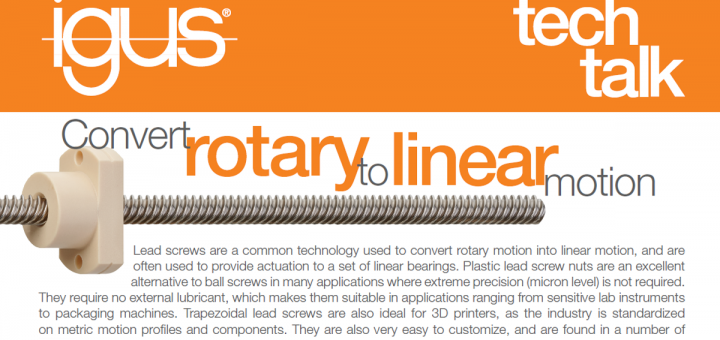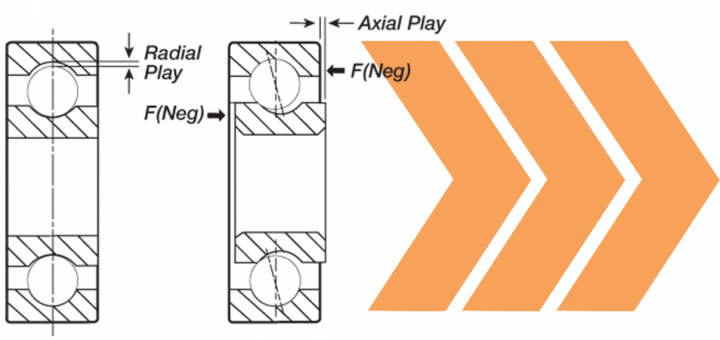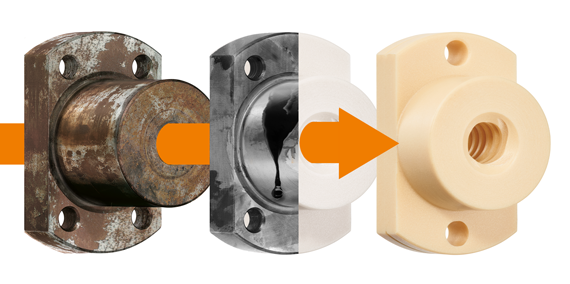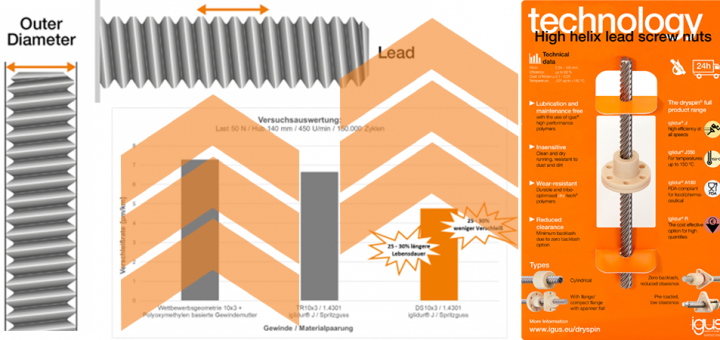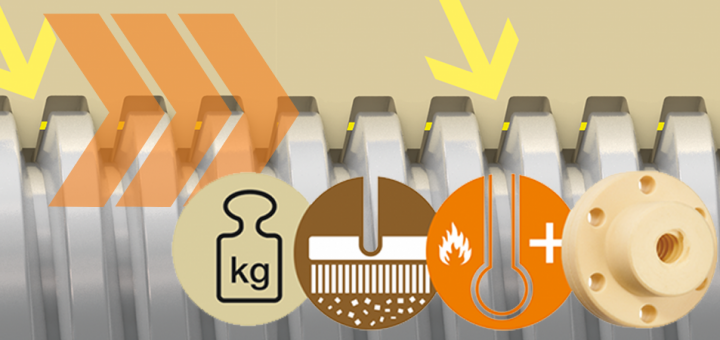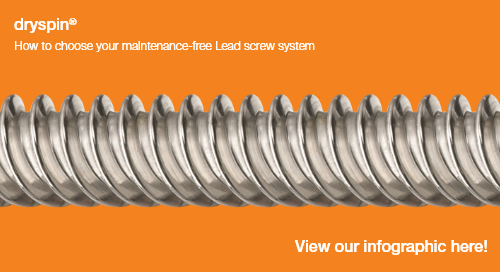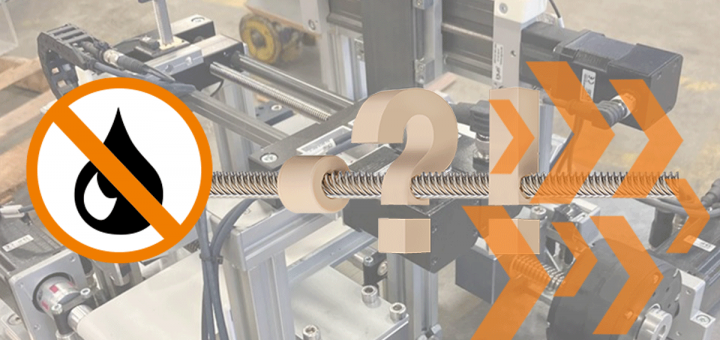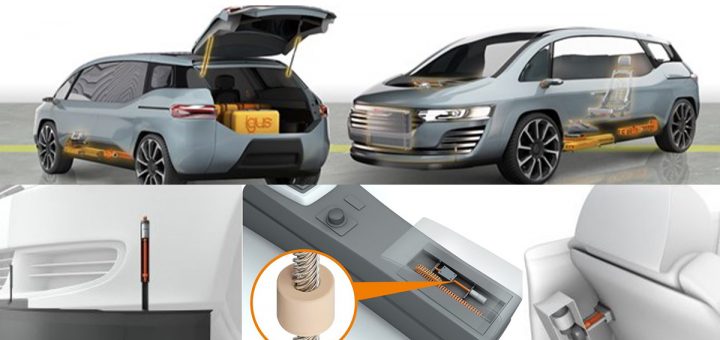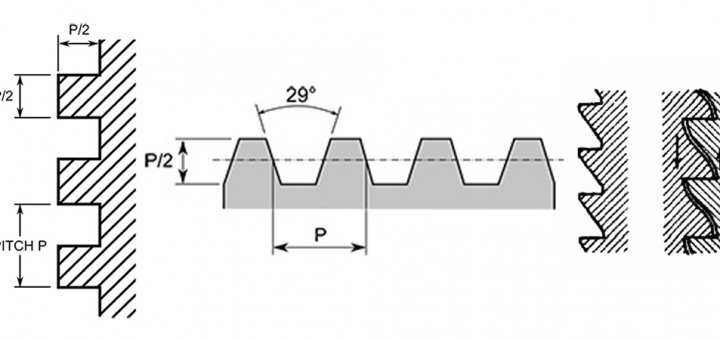Yes, we can PPAP car parts & other things you should know about igus® automotive solutions
By Avory Brookins If you’re familiar with igus®, then you probably already know that we engineer and manufacture grease-free plastic bearings and linear slides for use in various automotive applications, including seats, hinges, foot pedals, windshield wipers and...


